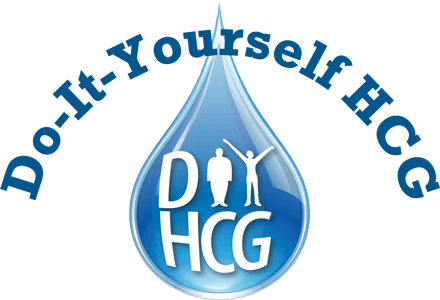Obesity in America Is Increasing

Obesity in America has been a significant public health concern for several years. Almost 40% of American adults aged 20 and over are obese. 71.6% of adults aged 20 and over are overweight, including obesity. (National Health and Nutrition Examination Survey, 2017-2018; Harvard School of Public Health, 2020).
You may be wondering what the difference is between being obese and being overweight. According to the Centers for Disease Control and Prevention, an adult who has a BMI (Body Mass Index) between 25 and 29.9 is considered overweight while an adult who has a BMI of 30 or higher is considered obese. You can use the U.S. Department of Health & Human Services’ calculator to calculate your BMI.
Factors contributing to this issue include sedentary lifestyles, poor dietary habits, and various socioeconomic and environmental factors. Here are some key points to consider:
Prevalence
The prevalence of obesity has been steadily increasing in the United States for decades, with a substantial portion of the population being affected. Rates of obesity vary by age, gender, and ethnicity. People turn to the HCG diet when they are interested in avoiding becoming one of the statistics.
Health Consequences
Obesity is associated with a range of health issues, including an increased risk of sleep apnea, high blood pressure, heart disease, type 2 diabetes, certain types of cancer, musculoskeletal problems, and stroke. It also places a considerable burden on the healthcare system.
Public Health Initiatives
To combat the obesity epidemic, there have been various public health initiatives, including educational programs, campaigns promoting healthy eating and exercise, and efforts to improve school nutrition.
Nutrition and Food Policy
Changes in food policy and regulations, such as menu labeling requirements and efforts to reduce added sugars, have aimed to improve the quality of the American diet.
Physical Activity
Promoting physical activity in communities and schools has been a part of the strategy to address obesity. This includes initiatives like "Let's Move" and efforts to make communities more walkable and bike-friendly.
Economic Impact
The economic impact of obesity in terms of healthcare costs and lost productivity has been a significant concern. According to the Center for Disease Control and Prevention, 2020, the medical care costs of obesity are nearly $150 billion annually in the U.S. Persons who are obese spend about $1,500 more on medical care for themselves than people of healthy weight. (Healthcare Cost and Utilization Project, 2012) Medical costs related to obesity are estimated to rise by $48 to $66 billion annually by 2030. (Harvard, 2020)
It's important to note that addressing obesity is a complex and multifaceted challenge. It often requires a combination of individual lifestyle changes, community support, and policy interventions. The HCG Diet can help you to lose weight and lower your BMI. The diet's weight-monitoring advice and clearly outlined HCG protocol is important for staying on track to reach your goal.


